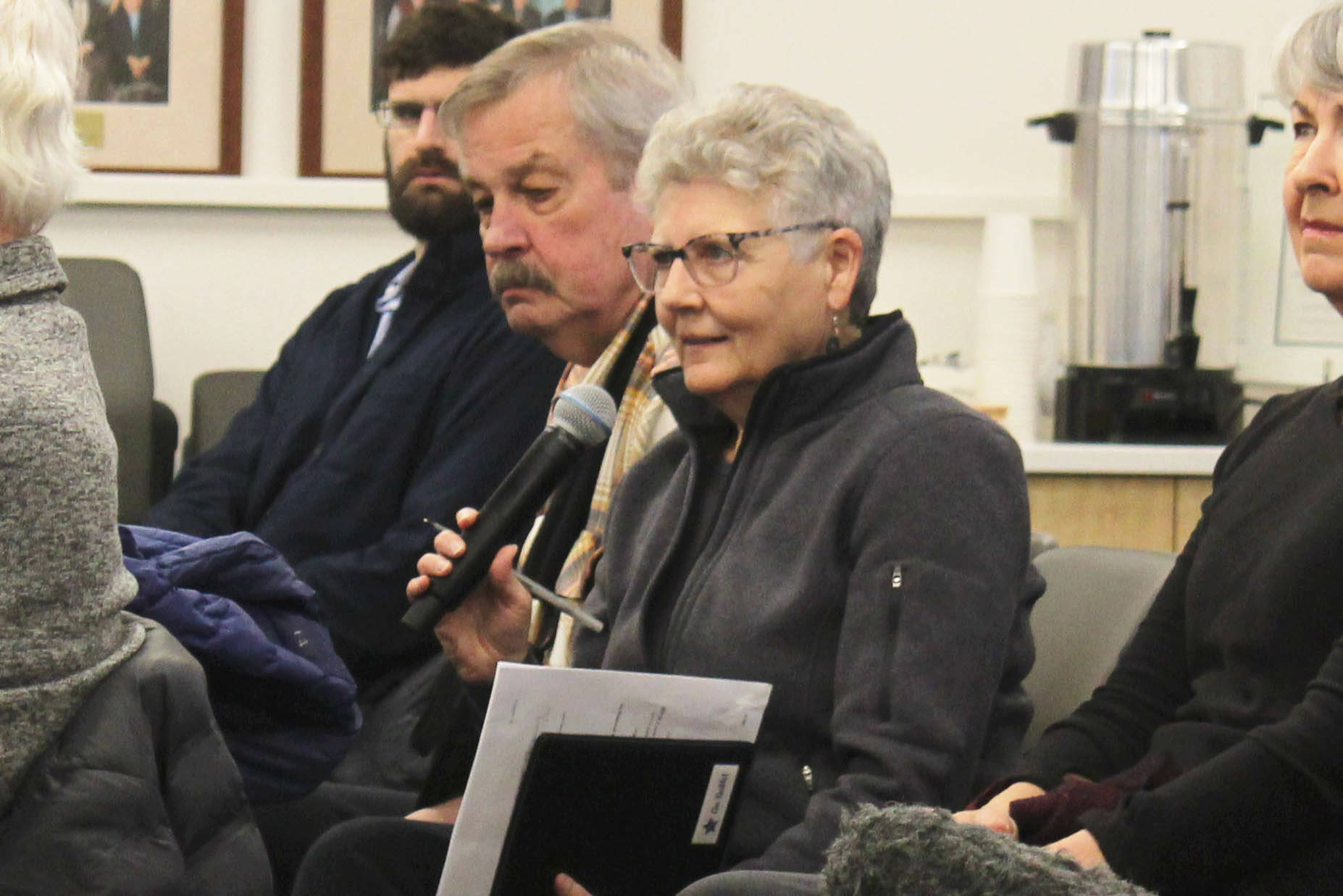Students are the reason I became a professional educator. I spent my career working as a teacher and school counselor on the Kenai Peninsula. I have watched as public education has gone from a calling where professional educators competed for positions to work and raise their families on the Kenai Peninsula — to a “teacher tourism” job where early and late career educators come to Alaska for a few years of a big adventure.
Many of our best and brightest educators take a hard and close look at the teacher’s retirement system in Alaska early in their careers and are stunned. They are not earning Social Security, or any of the related disability benefits, and they are not earning a pension. If they look closely enough at the details they learn that if they are injured off the job, they could be completely destitute, unable to work, and no Social Security disability coverage.
According to an analysis by the State of Alaska, teachers who work a 30-year career with no Social Security only have a 31% chance of not running out of money in their retirement. All of this uncertainty and turnover has major costs too. A 2017 ISER study determined that it costs Alaska about $20,000 per teacher and $20 million per year in recruitment and retention costs.
It’s not just teachers and educators. This affects all public servants; state troopers, firefighters, paramedics, who go above and beyond to keep us safe. According to the Department of Public Safety, losing a single trained and certified Alaska State Trooper results in the loss of an estimated $190,000 the department invests upfront to recruit, train, and certify a trooper. In addition to the cost, it takes 12-18 months to recruit and fully train new troopers to backfill vacancies.
The weather is getting colder, as snow starts to fall we all need adequate DOT staffing to keep our roads plowed. For great schools and safe communities, we need to provide decent pay and benefits to our workforce.
I am writing to you today to urge you to join me in supporting Senate Bill 88, a common-sense proposal to restore pensions for public service in Alaska. This bill would allow Alaska public employees to earn a modest pension. Importantly, this is a modern update of the traditional pension that protects the state from unfunded liabilities. Additionally, employees have even more skin in the game to keep the system well-funded and solvent, even during market downturns.
I was there at the State Capitol in 2006 when under intense pressure from powerful, outside special interests we shuttered our pension systems. A selling point representatives and senators mentioned was the “portability” of the new system. My question was, “Why do we want to incentivize people leaving the state?” Many Alaskans may not know or remember that at the time the state’s pension fund balances were decimated by bad actuarial advice and malfeasance by Mercer, a consulting firm. Mercer ultimately paid a $500 million settlement to the state, but the damage was done. As a result, many public employees are now facing the prospect of working until they die.
Senate Bill 88, sponsored by Sen. Cathy Giessel, is a carefully crafted, common-sense solution to this problem. It would create a new retirement plan that is both affordable and sustainable. The plan would be funded by a combination of employee contributions, employer contributions, and investment income. It would offer employees a modest pension for a career in public service.
The Kenai Peninsula public is invited to learn more about Senate Bill 88 at the Alaska Public Pension Coalition town hall at the Soldotna Senior Center on Sept. 28 from 5:30 to 7 p.m.
LaDawn Druce is president of the Kenai Peninsula Education Association.



